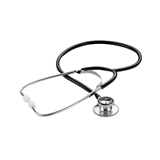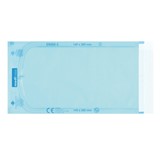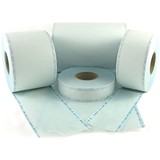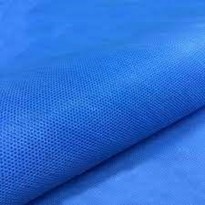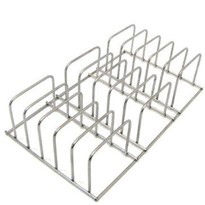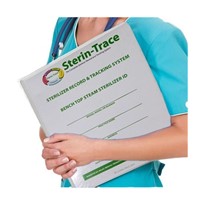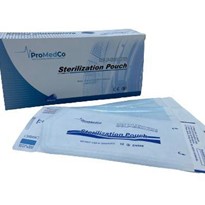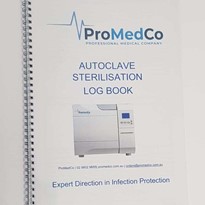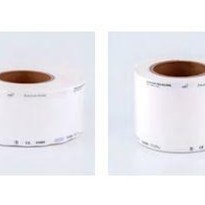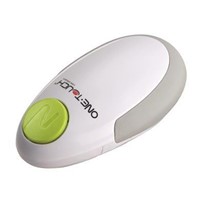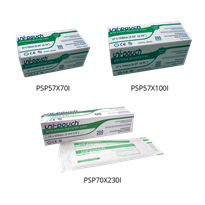Australian hospitals are scrambling to source alternative solutions to this global shortage, to prevent surgery cancellations.
We have seen Victoria respond by adding the soft blue wrap to the list of goods distributed through the State Supply Chain (SSC) and HealthShare Victoria is playing a part in securing and managing sterilisation wrap stock for Victorian health services.
PPE Demand Is Creating Blue Wrap Shortages
Royal Australasian College of Surgeons Queensland (RACSQ) state committee chair Dr Deborah Bailey said COVID-19 saw an unprecedented demand for personal protective equipment (PPE) during the pandemic had caused a worldwide decline in material for sterilisation wrap, with 30 per cent fewer supplies arriving in Australia.
Shortages vary across the states but the issue is having a huge impact on both public and private hospitals.
So, what is this sterilisation wrap anyway?
A thick, papery, usually-blue covering, is primarily used to wrap steel trays of clean instruments before they are placed into an autoclave to be sterilised at temperatures between 120 and 130 degrees Celsius.
Reduce Cost, Waste and Risk
Is there another option?
Many Australian hospitals are moving away from blue wrap altogether and switching to rigid sterile containers. This will reduce the overall need for blue wrap, helping to keep the resources where they're needed most.
Let's take a moment to look at the benefits of rigid container storage
- Reduce OR delays - rigid containers can't be punctured, torn or penetrated.
- Long-term cost reduction - achieve an 80% cost saving over disposable sterilisation blue wrap. Medium sized hospitals can save up to $20k annually in disposable operationg expenses alone (10,400 sets annually 40 sets processed /day x 260 working days per year).
- Support green purchasing initiatives by moving away from one-time use sterilisation methods.
How do we store our rigid containers as our hospital is already low on space?
That's a great question. Appropriate storage solutions is a vital piece to the puzzle. Getting appropriate storage advice is the key here. Speaking to an expert who understands workflow and the relevant Standards our hospitals are measured against, is critical.
Fit for purpose storage can reduce your overall storage footprint whilst increasing your storage capacity.
Selecting the correct shelving and having a deep understanding around sterilisation requirements is a must. In these situations it's important to remember, not all shelving systems are alike! Not any old shelving system will work and we would always recommend speaking to an expert who can provide you with advice, design and installation services.
COVID-19 has taught us many lessons. Demand on our healthcare industry is at an all time high. Supply chains have been compromised and the impact on our surgical response times is unquestionably, the victim in this crisis.
Just like other industries, the Health sector is looking for innovative and new ways to solve these problems. Future proofing purchasing with such items as rigid containers and appropriate shelving, means in times like these, our hospitals won't be impacted by such global shortages now, or again in the future.



